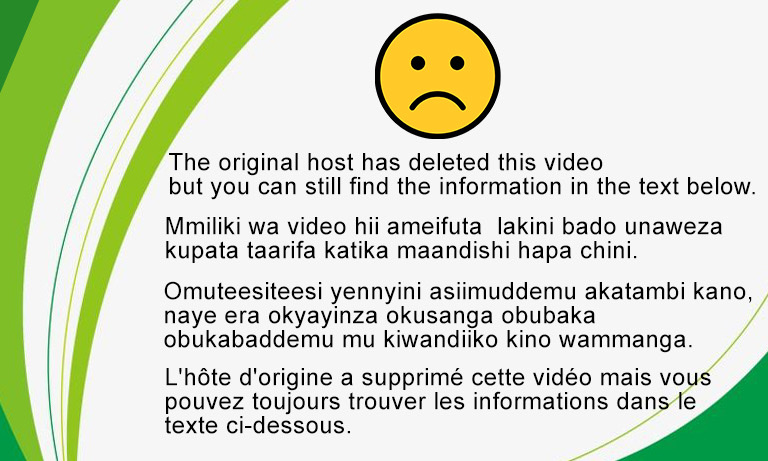Catfish can be farmed in different types of ponds and these include the tide pond system, the concrete pond system which has a flow-through where water comes in and leaves, and the recirculatory ponds where the water that leaves is treated and replaced in the pond. Plastic tanks can also be used as flow-through and recirculatory ponds while the earthen pond is where a hole is dug and water is retained in the pond. Pipes are connected to the ponds which allow water entry to the pond and excess water to leave the pond.
Pond management practices
The first step in pond preparation is draining. Drain the water out of the pond and harvest all existing fish plus other animals as these would act as predators for the incoming fingerlings.
Clean the pond and fix the sides of the pond using the earth to prevent the seepage of water.
Fix two pipes to the pond, one as an inlet to allow entry of water and an outlet to allow the flow of excess water as well as excess feed from the pond. The outlet is an inverted L pipe to enable it remove water and excess feed from the bottom of the pond.
The L pipe is placed facing inside the pond and not on the sides of the pond.
Liming. Liming is important because the PH around the tide pond sides is acidic and liming helps bring the PH to neutral. The quantity of lime used depends on the size of the pond and it’s recommended that you use agricultural lime.
Screening. After liming, screen/ cover the size of the pond with a net of about 25 square millimeters in diameter.
Introduce water and then fertilize the pond using poultry dropping which encourages phytoplankton growth and Zooplankton which are eaten by the fish.



















